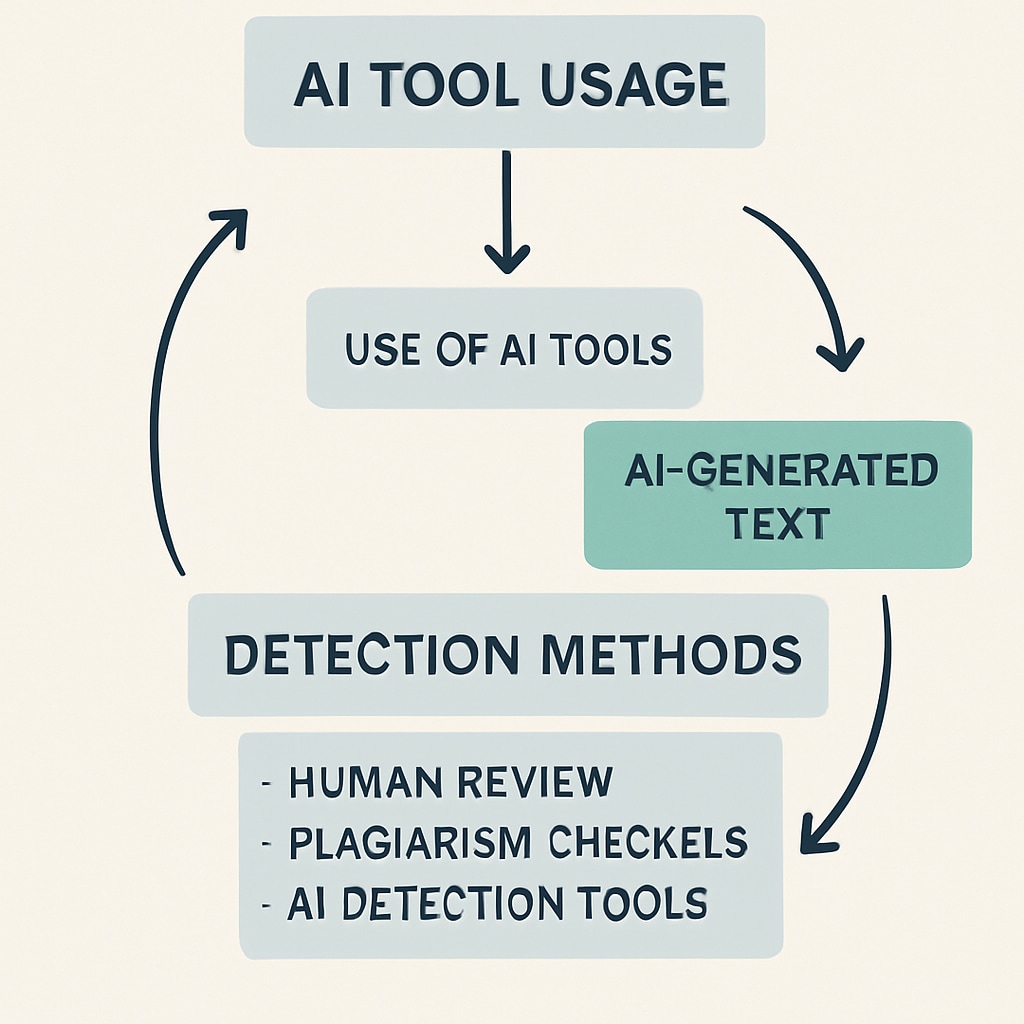The widespread adoption of AI tools, such as ChatGPT, has sparked debates about academic integrity. These technologies, while innovative, present challenges in ensuring students engage in genuine learning processes. Educators are now tasked with addressing the implications of AI in assignments, exploring detection methods, and balancing the educational costs of integrating such tools into the learning ecosystem.
Understanding the Impact of AI on Academic Integrity
AI tools have become remarkably sophisticated, enabling students to generate essays, solve problems, and even perform in-depth analyses at the click of a button. While these tools foster creativity and efficiency, their misuse can undermine the principles of academic integrity. For example, students might rely excessively on AI to complete tasks, bypassing the critical thinking and problem-solving processes that form the core of education.
According to a Wikipedia entry on academic integrity, this principle is fundamental to ensuring fairness, trust, and accountability in education. However, AI’s ability to produce human-like content blurs the lines between authentic work and machine-generated outputs. As a result, educators face a pressing need to adapt their approaches to teaching and assessment.

Challenges in Detecting AI-Generated Work
One of the most significant hurdles facing educators is the detection of AI-generated assignments. Unlike traditional plagiarism, where copied content can be identified through similarity detection software, AI-generated work is often unique and tailored to the prompt. This makes it challenging to differentiate between a student’s authentic efforts and AI assistance.
Several AI detection tools have emerged in response, but their effectiveness is limited. For instance, these tools may flag legitimate student work as AI-generated, leading to false accusations. Furthermore, as AI evolves, so too does its ability to bypass detection, creating a cat-and-mouse game between developers and educators.
An article on Britannica highlights how AI’s rapid development often outpaces regulatory and ethical frameworks, adding to the complexity of managing its use in education.

Practical Strategies for Educators
To address the challenges posed by AI tools, educators can adopt several proactive strategies:
- Redesigning Assessments: Focus on tasks that require critical thinking, creativity, and personal reflection, which are harder for AI to replicate.
- Promoting AI Literacy: Teach students the ethical use of AI tools, highlighting their potential as learning aids rather than shortcuts.
- Blending Traditional and Modern Methods: Combine in-person assessments, such as oral presentations, with take-home assignments to ensure a balanced evaluation process.
- Encouraging Collaboration: Foster group projects that require peer interaction and accountability, reducing the likelihood of AI misuse.
By implementing these strategies, educators can create a learning environment that values integrity while embracing technological advancements.
Balancing Innovation and Academic Costs
While integrating AI tools into education has undeniable benefits, it also comes with costs—both financial and educational. Schools may need to invest in training programs, detection software, and updated curricula, placing additional strain on already limited budgets. Moreover, the reliance on AI tools could inadvertently widen the gap between well-funded institutions and those with fewer resources.
Therefore, a balanced approach is essential. Educators should advocate for policies that promote equitable access to technology while ensuring that its use aligns with the principles of academic honesty. Collaboration between schools, policymakers, and tech developers will be key to achieving this equilibrium.
In conclusion, the rise of AI tools like ChatGPT has reshaped the educational landscape, presenting both opportunities and challenges. By adopting innovative teaching methods, promoting ethical AI use, and addressing detection limitations, educators can navigate this new era effectively. Ultimately, the goal is to harness AI’s potential while preserving the integrity of the learning process.
Readability guidance: Use short paragraphs and bullet points to summarize key ideas. Distribute transitional phrases throughout the text to ensure smooth flow. Balance technical insights with accessible language to engage a broader audience.


